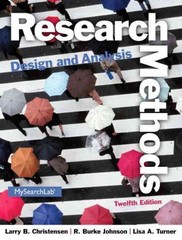Question
Which of the following statements about a competitive equilibrium allocation are correct? a. It is the best possible allocation. b. No buyer's or seller's surplus

Which of the following statements about a competitive equilibrium allocation are correct?
a. It is the best possible allocation.
b. No buyer's or seller's surplus can be increased without reducing someone else's surplus.
c. The allocation must be Pareto efficient.
d. The total surplus from trade is maximized.
I am confused why C is not right answer. According to the explaination attached below, it mentioned that competitive equilibrium allocation is pareto efficiency even though the producer surplus would decrease as you can see the second picture that I attach.(when E moves to F) Can someone please clarify it?


Step by Step Solution
There are 3 Steps involved in it
Step: 1

Get Instant Access to Expert-Tailored Solutions
See step-by-step solutions with expert insights and AI powered tools for academic success
Step: 2

Step: 3

Ace Your Homework with AI
Get the answers you need in no time with our AI-driven, step-by-step assistance
Get Started


